In a year of momentous anniversaries, the biggest one of all was Mitsubishi turning 100 years old. What would become Mitsubishi Motors was established in late 1917, meaning it has just passed the century mark. As the oldest carmaker in Japan, its history is illustrious but not without its ups and downs. The cars we’re all familiar with — Eclipses, GTOs both old and new, and Lancer Evos are already well-documented on JNC and elsewhere, so let’s go back in time to the early days of Mitsubishi, and the waning days of the samurai.
 Debts Repaid
Debts Repaid
Mitsubishi Motors seems like a pretty major automotive firm, but in fact it’s a tiny, minuscule part of the Mitsubishi Group, one of the largest companies in Japan. What is known as modern day Mitsubishi started with Yataro Iwasaki, a farmer’s son descended from a samurai family. Iwasaki, however, saw no benefit from rank, because according to Mitsubishi museum historian Seiichi Narita, his great-grandfather had sold the family’s samurai status to pay off debts.
Iwasaki went to work for the powerful Tosa Clan, who ruled what is now Kochi Prefecture in western Japan, and at age 19 followed his employers to the capital city of Edo (known today as Tokyo). While he was gone, his father got into some serious beef with the village head back home and was badly beaten.
As per Narita, When the local judge refused to even hear his father’s case, Iwasaki made his way home in the dead of winter and confronted the judge. It soon became clear that the village head was too powerful and the judge never intended to give Iwasaki’s father a fair trial. In a fit of rage, Iwasaki vandalized the judge’s office that night, painting accusations of corruption across its front.
The act got him seven months in prison, says Narita, but it was during this time that Iwasaki learned arithmetic and business from a fellow inmate, an ex-merchant. Upon release, Iwasaki returned to work for the Tosa Clan and within a year earned enough money to buy back his family’s samurai status.
Eventually, Iwasaki landed at the office in Nagasaki, which happened to be the center of Japan’s soaring shipbuilding industry. There, Iwasaki rode the boom and climbed his way to the top of the Tosa Clan’s business empire.
Just six years later, the Meiji Restoration pulled Japan into the modern age, abolishing the shogunate system. It was suddenly illegal for clans to run businesses, and the Tosas were forced to disband their operations. Iwasaki wisely accepted responsibility for a portion of the clan’s debts in exchange for three steamships.

According to Mitsubishi’s own history, to represent his company Iwasaki created the logo that is the modern day “triple diamond” mark (mitsu means “three” in Japanese, bishi means “diamond”). It is said that he combined the Iwasaki family crest, three stacked rhombuses, with that of the Tosa Clan, three leaves arranged in radially.
This was the start of Mitsubishi. From those three ships, Iwasaki grew an empire that today has its fingers in everything from mining to medical equipment, elevators to airplanes, nuclear reactors to Nikon cameras, and hundreds of other products we don’t have room to list.
In Japan, the triple diamond is ubiquitous. You can’t go a single day without passing an ATM of the UFJ-Mitsubishi Bank or finishing off a restroom hand wash with a Mitsubishi Jet Towel dryer. Oh, and Mitsubishi is building ships in Nagasaki too, at the former Tosa yards it eventually purchased. Somewhere in that mess is an automotive division whose profits and losses are a rounding error for the Mitsubishi Group.

Early 20th Century
Iwasaki died in 1885 at the age of 50, never having lived to see the company he founded build its first car. It was his nephew, Koyata Iwasaki, the fourth president of Mitsubishi, who saw an opportunity in the horseless carriage. Along with Taizo Soda, the future VP of the post-war Mitsubishi Heavy Industries, he initiated trial production in October 1917 of what would become the Mitsubishi Model A.
Research began at the Kobe shipyards of the newly formed Mitsubishi Shipbuilding Company. Employees toiled over a year, completing the first prototype in November 1918. The result was a coupe de ville body style, which meant a chauffeur sat in an open area while the passengers lounged in comfort in an enclosed cabin.
Behind an upright radiator grille was a four-stroke, side-valve, cast-iron-block, 2.8-liter inline-four making about 35 horses. Power drove the rear wheels, and it reportedly had a top speed of 60 miles per hour.
The body consisted of hammered steel plates attached to a wooden frame that was closer to a horse-drawn carriage than a modern car. The cabin was furnished in lacquered hollowed-out white cypress, its upholstery made of worsted wool. In front hung a pair of gas headlamps while a trumpet-style horn dangled on the driver’s side exterior.
Mitsubishi intended the Model A to be a limousine for high-level government officials, and as such debuted it the Yaesu Building near Tokyo Station. However, with each one hand-built at a price of ¥6,500 — far more than the cost of American or European imports at the time — sales were understandably slow. Mitsubishi built just 22 and sold only 12 before production ceased in 1921.
Still, Mitsubishi claims that the Model A is the first mass-produced car in Japan. None are known to have survived, although one had a brief life on display at the Transportation Hall of the Heiwa Exposition in Tokyo in March 1922.

Mitsubishi wouldn’t build another passenger car for 15 years (though the first Fuso bus was built in 1932). In 1935, with the lead up to World War II imminent, the company developed a prototype called the PX-33. Intended for carrying military field commanders over rough terrain, it was the first Japanese car with four-wheel-drive — a drivetrain that would play an important role in Mitsubishi in the second half of the 20th century.
A torquey 4.4-liter direct-injection diesel 6-cylinder, said to develop 70 horsepower, powered the open-top sedan. Only four were built in 1937 before the project was halted. It is said that the prototypes were sent to Manchuria for use in the second Sino-Japanese war, but none remain today.
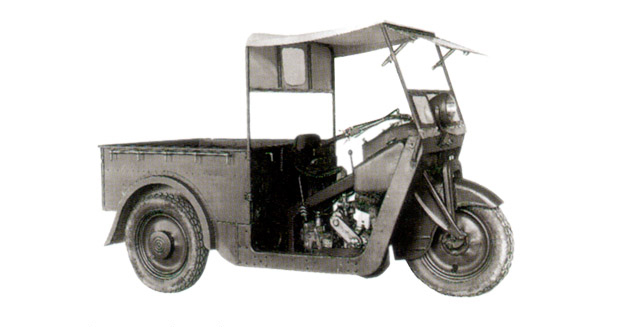 The Post-War Era
The Post-War Era
From the PX-33 until the end of World War II, any resources that would have been used in automobile production were instead diverted to trucks, ships and fighter planes. Afterwards, like many large companies that had participated in making war machines, Mitsubishi Heavy Industries was forced to split, and became three separate companies.
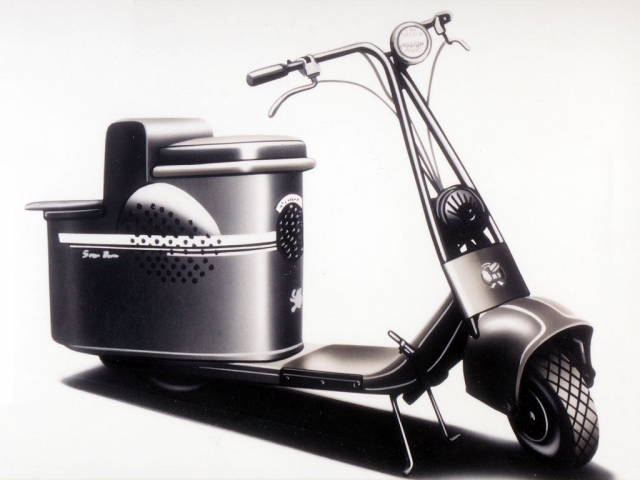
During this period, each worked separately on solutions to Japan’s transportation needs. Naka-Nippon Heavy Industries (later renamed to Shin-Mitsubishi Heavy Industries), for example, developed the Silver Pigeon scooter, which shared nearly 50 percent of the moped market with the Fuji Rabbit until Honda stepped onto the scene. The same company also made the Mizushima-branded three-wheeled trucks, whose early versions used surplus aircraft landing gear as its front wheel.
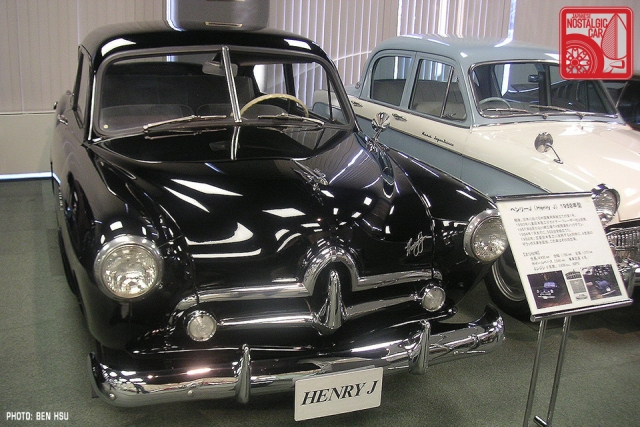
East Japan Heavy Industries (later, Mitsubishi Nippon Heavy Industries) licensed the Kaiser Henry J and produced them locally from 1951-54. West Japan Heavy Industries (later, Mitsubishi Shipbuilding), focused on water-borne craft. Another factory stamped body panels for the Hillman Minx, built by license by Isuzu.
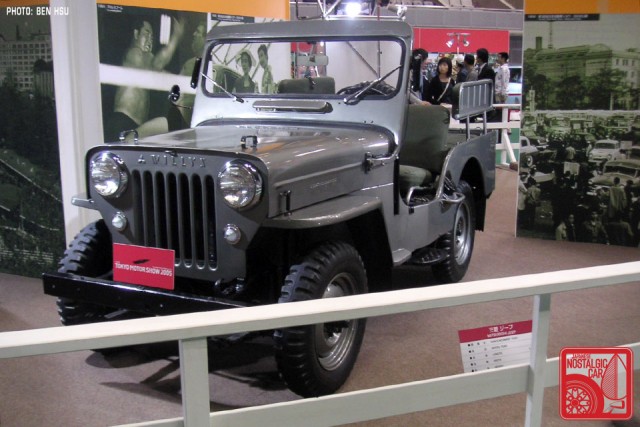
When the Korean War broke out in 1950, the US government sought a source for off-road vehicles close to the battlefront. The Shin-Mitsubishi company inked a deal with Willys-Overland to produce the Jeep. However, by the time assembly lines actually geared up in 1953, a cease-fire was called. Still, Japan was now a US ally and a key base of operations for the Pacific region, and manufacture of the Jeeps (as well as its subsequent civilian variants) continued until January 1998.
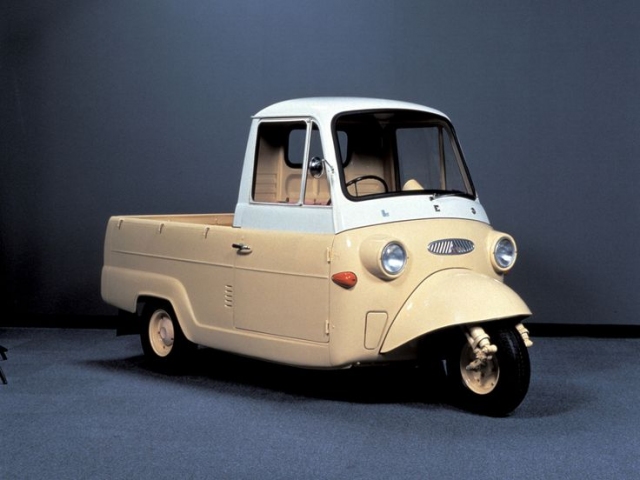
In 1959, Shin-Mitsubishi Heavy Industries entered a new age of design with the Mitsubishi Leo. The three-wheeled truck was an evolution of the Mizushima series. The difference was that while its predecessors had been seemingly cobbled together with leftover motorcycle parts and steel plates. The Leo was actually designed.
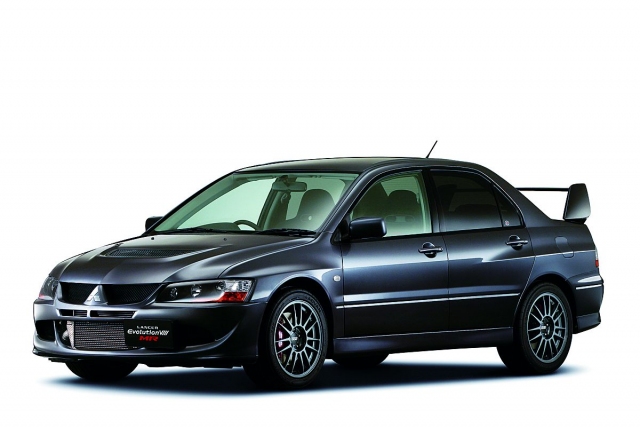
Instead of handlebars, drivers were treated to a steering wheel. Rather than a single saddle, the cabin was enclosed with two passengers able to sit side by side. Its front fender and grille served as the inspiration for many modern Mitsubishis, including the Lancer Evolution VIII, 2003-06 Pajero, and fourth-generation L200 Triton.
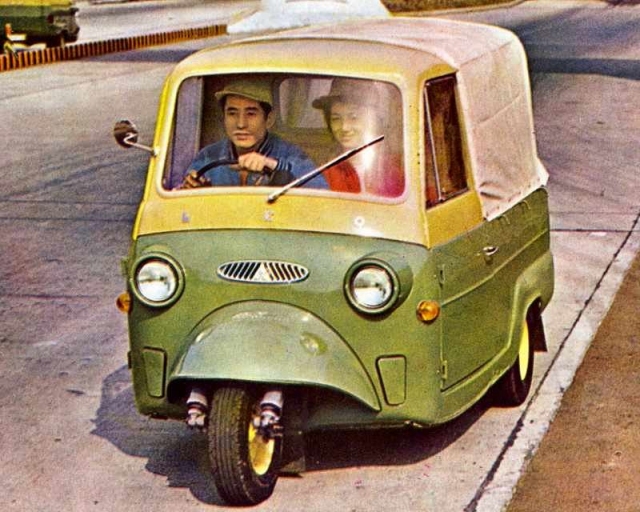
In contrast to Mizushimas and their alphanumeric soup of model names like XTM1 and TM6D, the Leo had an real name, from Astro Boy creator Osamu Tezuka’s hit manga Jungle Emperor and its star lion cub. 28,000 were built, but their workhorse status meant most got used up, and only five are known to exist today.
At the same time, Shin-Mitsubishi was working on a genuine four-wheeled car, which would be its first since the PX-33. Research began in 1957, a response to the Japanese government’s “national car” program. The tinkering bore fruit in 1960 with the Mitsubishi 500, a rear-engined, rear-wheel-drive coupe with suicide doors and seating for five. Its compact, monocoque body was the first to be wind tunnel-tested in Japan.
A year later, its 21-horsepower 493cc air-cooled 2-cylinder was bumped up to 594cc, now called the Mitsubishi 500 Super Deluxe. Power increased from 21 to 25 PS, enough for Mitsubishi to take it racing. That race was the Macau Grand Prix in November 1962, and the 500 Super Deluxe swept first to fourth in the sub-750cc Class A category with Kazuo Togawa taking the top spot. It wasn’t Monaco, but the scrappy effort marked the genesis of Mitsubishi’s modern motorsports program.
Although its physical dimensions and exhaust decibel level met the government’s kei car requirements, the 500’s engine was too big. 360cc was the limit to qualify for the incentives and tax benefits on in the kei car class, so in April 1961 Shin-Mitsubishi released the appropriately named Mitsubishi 360, a small wagon powered by a two-stroke twin. It would, of course, evolve into the Minica line that would span another 45 years.
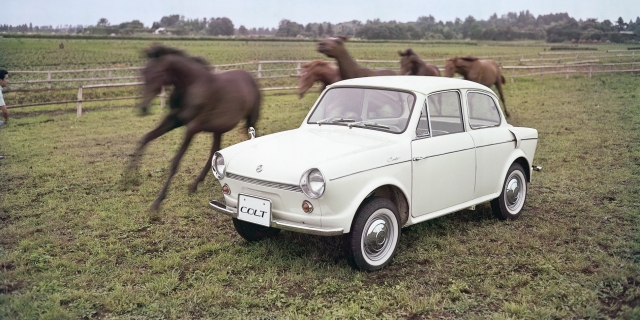
1962 was the first time the Colt name appeared on a Mitsubishi product. Underneath, however, it was largely a continuation of the 500 Super Deluxe, restyled to address criticisms of its predecessor being too spartan. The Colt 600 looked more like a traditional car of the era, with chrome trim, a thin grille (even though it was still rear-engined), and a more squared-off hood and deck area. According to Mitsubishi, the Colt 600 raced competitively against 600cc Fiats of the day, even besting them at the 1963 Malaysian Grand Prix.
Still, these early 1960s cars were considered largely a stepping stone, with experimental layouts and drivetrains that didn’t fit the mold of what we think of today as a normal car. That didn’t happen until July 1963 and the launch of the Colt 1000.

From Kei Cars to K-Cars
The following year, after operating independently for more than a decade and a half, the three Mitsubishi companies merged to form a single Mitsubishi Heavy Industries again, and the car building business was absorbed back into the juggernaut’s fold. At the same time, Mitsubishi Motors Sales Corporation was formed as a subsidiary.
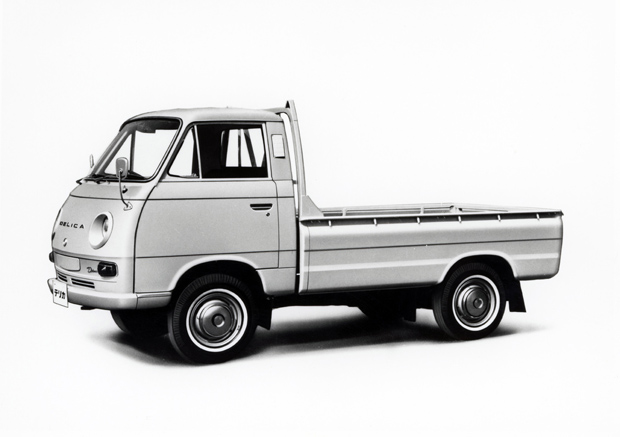
The merger created many redundancies in an already gigantic machine. For example, when the Delica truck came out in 1968, it was designed and manufactured at a completely separate subsidiary than the Colt (and still is today, along with the Pajero). Often one company had no idea what the other was doing. It was the job of the Mitsubishi Motors Sales to collect, market and move these disparate products into one cohesive lineup.
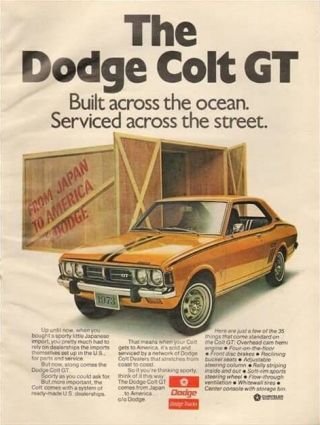
By this time, Mitsubishi’s biggest competitors had established footholds abroad, especially in the lucrative US market. Not wanting to be left behind, Mitsubishi sought a shortcut to the largest car buying customer base in the world. Toyota and Nissan had spent decades on the ground, shopping its cars around, and convincing enterprising entrepreneurs to take a chance on a dealership franchise. Mitsubishi bypassed all that and found a partner with Chrysler instead.
Chrysler, whose expertise was in producing large cars, needed a foreign partner to build compacts, rebadge them, and immediately add them to its showrooms. In return, Mitsubishi would get a nationwide network of heavily trafficked dealerships, parts counters, and garages through which it could sell and service its wares.
The deal came in 1970, just as Mitsubishi was entering what is arguably its greatest era. The Colt Galant debuted in 1969, a truly contemporary car with modern styling in coupe, sedan and wagon body styles. It would serve as the basis for the first models to be rebadged as Dodge Colts and sold in the US.

However, the Chrysler deal was more than just an emblem swap. The ugly truth is that MHI’s top brass were never really good managing the Mitsubishi Motors to begin with, nor did they seem like they really wanted to. After all, there were ships and mining equipment to manufacture.
So MHI bundled up its carmaking subsidiaries into Mitsubishi Motors Corporation with the plan of selling a 35 percent stake to Chrysler, which, under Japanese law, would give the Pentastar a controlling stake. Over time, Chrysler would come to own Mitsubishi Motors entirely.
That was the beginning of Mitsubishi Motors as we know it today. But as history shows, the deal never materialized, likely because Chrysler was facing its own financial problems at the time. In the end, it took only a 15 percent share, still enough to give Auburn Hills a say, but not veto power.
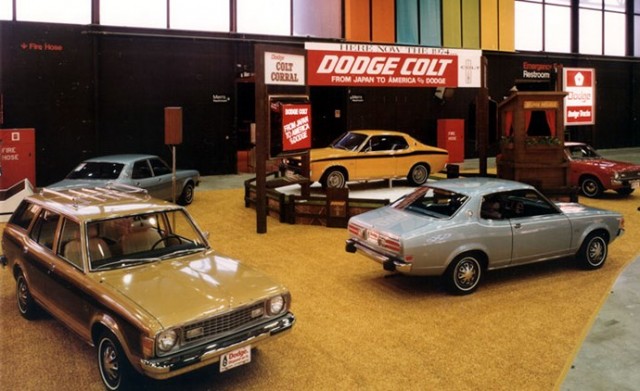
Soon, Lancers, Celestes, Forte pickups, and Galants that otherwise would have never seen American soil were rolling through the main streets of Anytown, USA as Colts, Arrows, Dodge D-50s, and, well, more Colts. Through Chrysler’s eyes, the Lancer and Galant were apparently identical, even though they occupied two different segments in Japan.

Many were decked out in the tape stripes and color packages that made them look like scaled down muscle cars, an attempt to draw the eyes of more traditional buyers. Given the preferred motorsport of Mopar fans, many even took them drag racing and basically treated them as they would a Hemi ‘Cuda.
This is why, even today, some of the most well-preserved of these early Mitsubishis show up on Craigslist ads in the most unlikeliest of places, while Toyotas and Datsuns are usually concentrated near large cities.
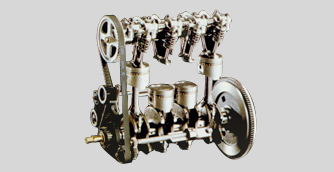 With a newfound influx of cash, Mitsubishi became a technological leader. Its silent shaft counterbalancing measure for smoothing out engine vibrations broke new ground and was licensed by Saab and Porsche. It pioneered turbocharging, not only on its sports cars like the Starion, but compacts like the Cordia hatchback as well. The Pajero tackled and won the Paris-Dakar rally for the first time.
With a newfound influx of cash, Mitsubishi became a technological leader. Its silent shaft counterbalancing measure for smoothing out engine vibrations broke new ground and was licensed by Saab and Porsche. It pioneered turbocharging, not only on its sports cars like the Starion, but compacts like the Cordia hatchback as well. The Pajero tackled and won the Paris-Dakar rally for the first time.
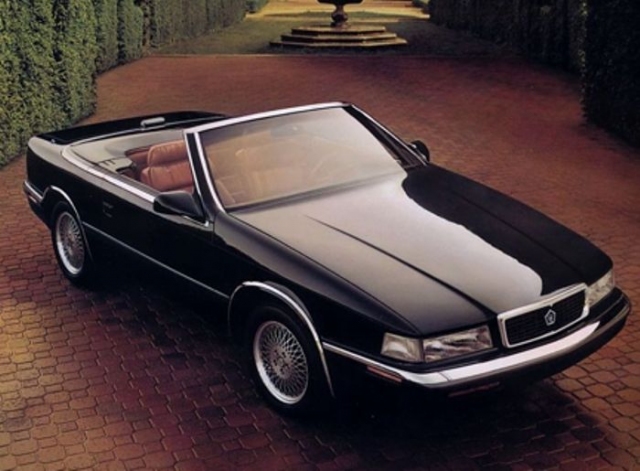
Chrysler would even borrow Mitsubishi’s Astron four and Cyclone V6 engines for the Dodge Aries and Plymouth Reliant, the infamous K-Cars, billed as a new generation of front-drive Pentastars. That grew to Daytona/Lasers, New Yorkers, Iacocca minivans, the TC by Maserati, and more. It was a win-win, or so it seemed.
The good times weren’t going to last forever. Neither company knew it, but dark times were on the horizon. To be continued…


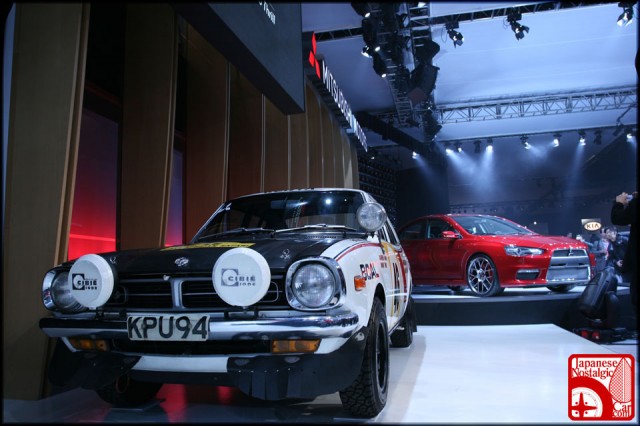


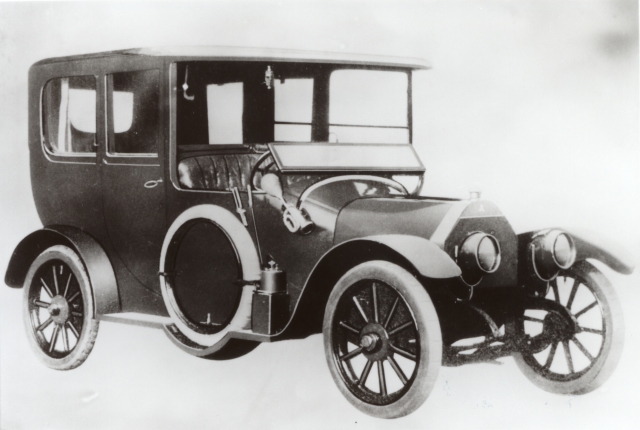
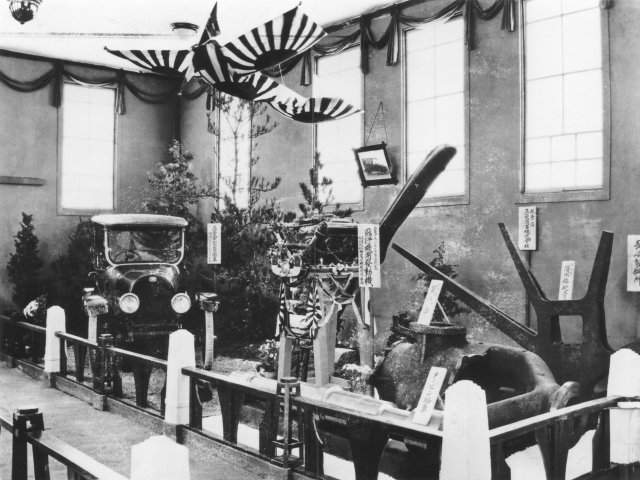
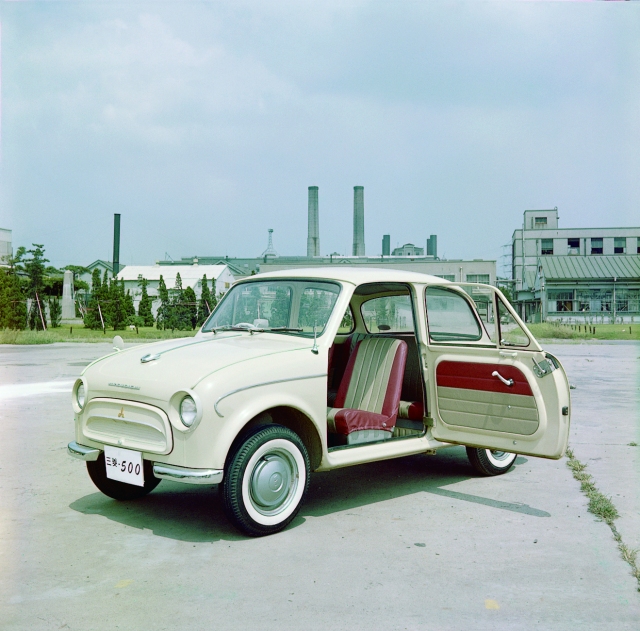

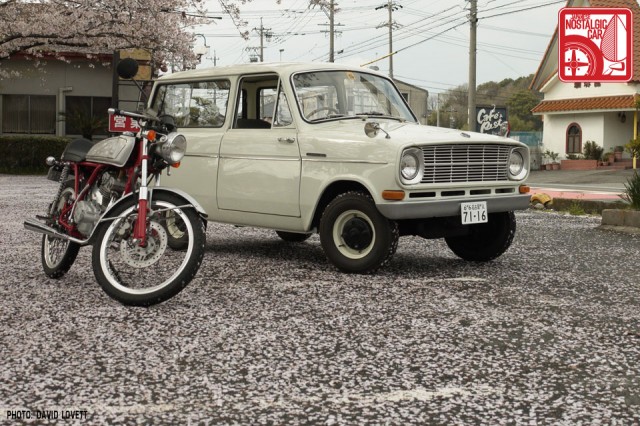




One detail – Chrysler headquarters was in Highland Park in this time period, the Auburn Hills headquarters opened in the mid ’90s just as the last of the Colts were being phased out (an just before the Daimler “merger of equals”).
Ah, thanks for that. I was really just trying to avoid writing “Chrysler” over and over again. I’ll fix it.
Facebook -> galant-racing.ch
Now I understand why K cars would last so long…
Chrysler always could build as durable car as anyone, if you got a good one. They just, maddeningly, consistently over decades have had way more than their fair share of lemons.
I call it the Mopar Quality Lottery.
Great article! I always like the histories.
Too bad things like that Minica 360 wagon have been legislated out of possibility today; would be a great high-mpg runaround car – probably better than a VW Beetle for most people.
As long as it can climb hills with my Sam’s Club load, I’m pretty much happy!
Thanks, Randy. The one in the photo next to the bike now lives in Texas.
As a lurker, I don’t always comment on every story but I do read every word of every story here every day. It’s a little intimidating to comment sometimes, knowing the vast knowledge of most of the readers and commenters. My comments aren’t the deep, well-informed variety of most JNC folks here, “Well, the socioeconomic impact of the decision to legislate towards a greater…”.. type of comment, mine are more like, “Dang, I’d love to have a Minica 360 wagon!”..(no, I really would!) See why I don’t comment too often? Ha..
This was a great one, I didn’t know a lot of that info, and details like seeing the evolution of the logo, that’s just plain ol’ cool to me.
Don’t be intimidated. The most rewarding thing I’ve ever heard is when someone came up to me at JCCS and said that JNC has the nicest comments section in the automotive corner of the web. It’s true, we rarely have trolls or those who just lob insults. You are among friends.